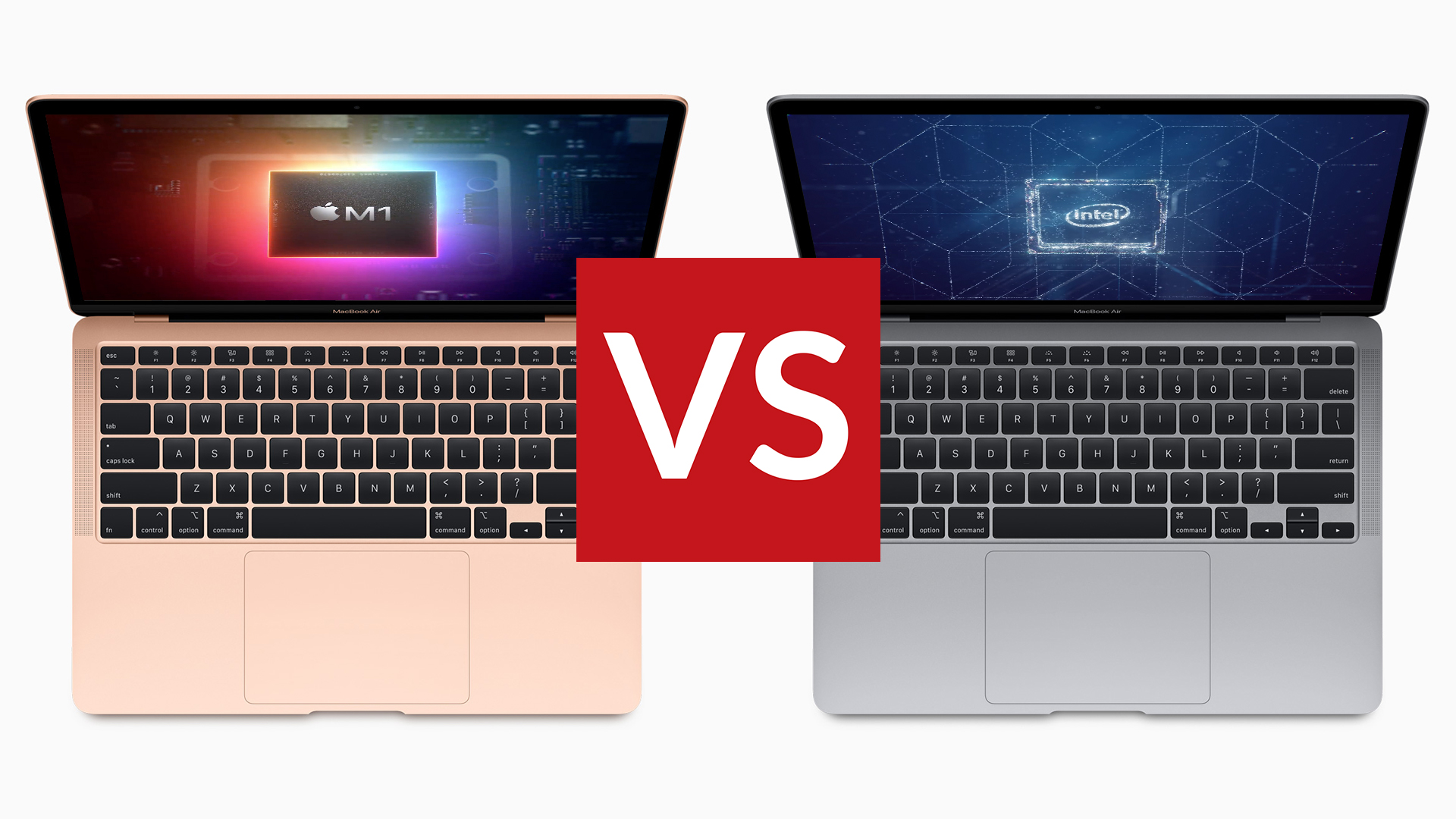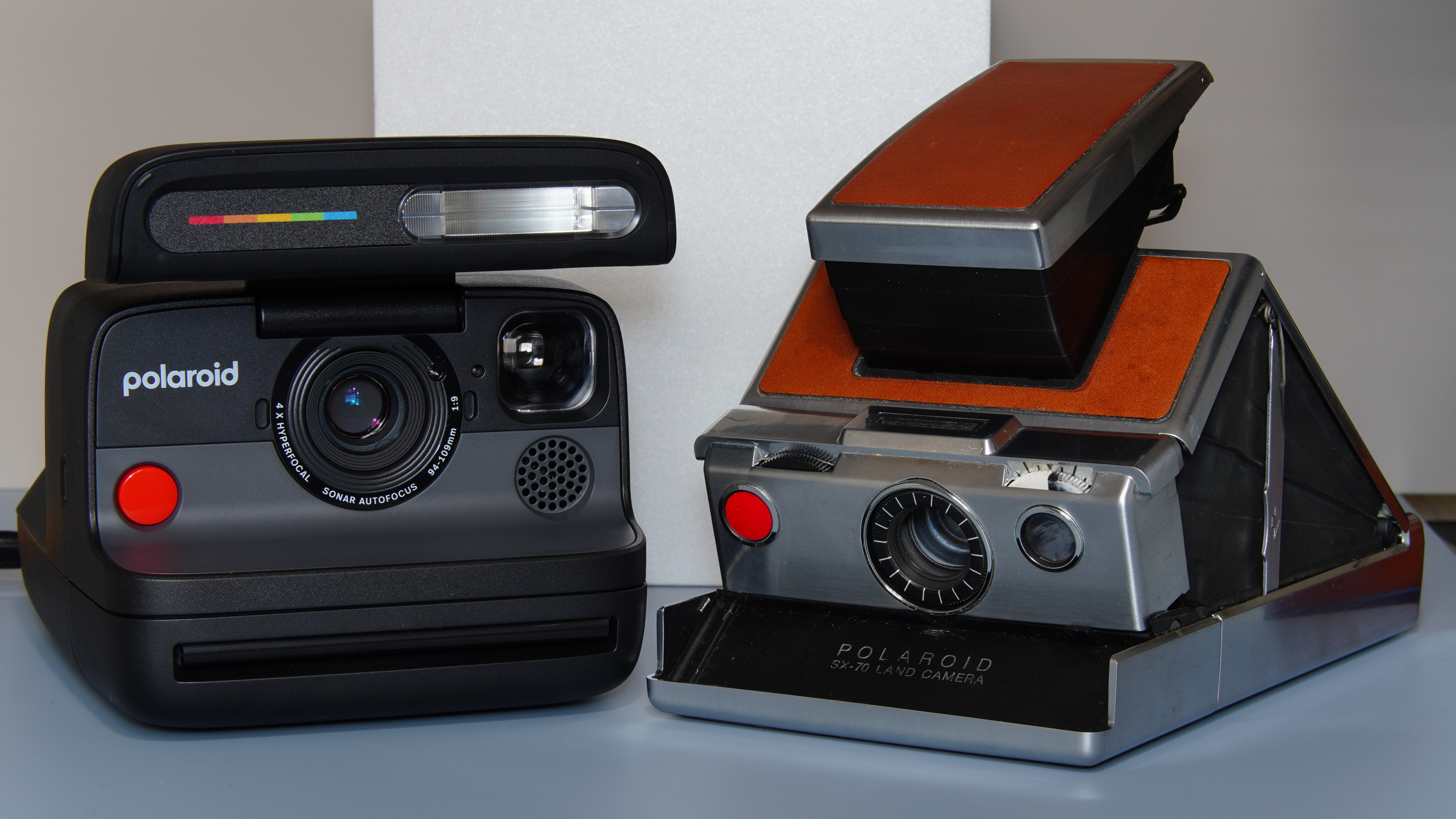

With Apple's transition away from using Intel's chips in its Macs gaining momentum – new MacBook Pros and iMacs are expected as soon as March – Intel is striking back with an anti-Mac ad campaign on Twitter. The only problem is that the ads come across as kind of desperate.
The new ads attempt to focus on the flexibility of PCs compared to Macs. "Only a PC can power scientists and gamers alike!" says one, with the slogan "If you can power a rocket launch and launch Rocket League, you're not on a Mac. Go PC."
Skipping over the fact that Macs can, in fact, be used by scientists and to play games (albeit, not Rocket League), there's the question of how many people really want to do both of these things on the one computer? Most people want a laptop for entirely mundane reasons, and they would like it to do those mundane things as easily and quickly as possible so they can got on with other, better things.
"Only a PC offers tablet mode, touch screen and stylus capabilities in a single device," says Intel's second ad, which seems to have somehow crossed into our universe from one where the iPad and Android tablets don't exist, since they absolutely check all those boxes. "If you can flip through Photoshop thumbnails with your actual thumb, you're not on a Mac. Go PC," that advert continues, but it feels more like a threat than a promise to me. Reach up to my screen to scroll through my massive list of images? Gee, thanks Intel, that sounds like much more hassle than the way I do it now.
Only a PC offers tablet mode, touch screen and stylus capabilities in a single device. #GoPCFebruary 2, 2021
The energy I get from these ads is Finchy in the The Office's infamous quiz episode, claiming he's the winner if he can throw a shoe over a pub. I could easily imagine "This is the real quiz!" on Intel's ads instead of "Go PC."
These come hot on the heels of Intel having released a suite of benchmarks where one of its chips outperforms Apple's new M1. The benchmarks, of course, appear to have been selected very carefully, and while some of them cover what you could call pretty standard processing tests, others are awfully specific. (To paraphrase Gareth: "He's exported a PDF from PowerPoint over a pub! What have you done?")
But what really makes it come across as clutching at straws is that the chip used has a TDP of 28W, compared to the estimated 10-15W of Apple's M1 used in the MacBook Air 2020 and MacBook Pro 13-inch 2020. That means they're not really like-for-like processors that are being compared – what do you think happens to those benchmarks if Apple doubles the energy it's able to put in? That's probably exactly what we're about to see in the new machines, so everything Intel's done here might be about to, as the internet says, age poorly.
Sign up to the T3 newsletter for smarter living straight to your inbox
Get all the latest news, reviews, deals and buying guides on gorgeous tech, home and active products from the T3 experts
Everyone saw through the flimsy veil of specially chosen benchmarks, and the content of these ads just makes me do an Alan Partridge-style shrug when I think about what they're trying to pitch me. There's so much flash and fury from Intel here and so little substance, it feels more like an admission of terror over the way the winds are changing rather than an ad campaign that's going to win people over.
Nvidia has bought ARM, presumably to make chips that work just like Apple's do, with the intension of directly competing to be inside laptops. AMD appears to be further along with creating an powerful integrated chip to come close to what Apple's doing. Intel's probably right to be terrified.
But if it wants to fight back, it needs to do it with improved products that tell their own story, just the way Apple has done with the M1 Macs, letting glowing reviews tell their own tale. If these ads are all Intel has to say, I think it'll fall on deaf ears.
Matt is T3's former AV and Smart Home Editor (UK), master of all things audiovisual, overseeing our TV, speakers and headphones coverage. He also covered smart home products and large appliances, as well as our toys and games articles. He's can explain both what Dolby Vision IQ is and why the Lego you're building doesn't fit together the way the instructions say, so is truly invaluable. Matt has worked for tech publications for over 10 years, in print and online, including running T3's print magazine and launching its most recent redesign. He's also contributed to a huge number of tech and gaming titles over the years. Say hello if you see him roaming the halls at CES, IFA or Toy Fair. Matt now works for our sister title TechRadar.

